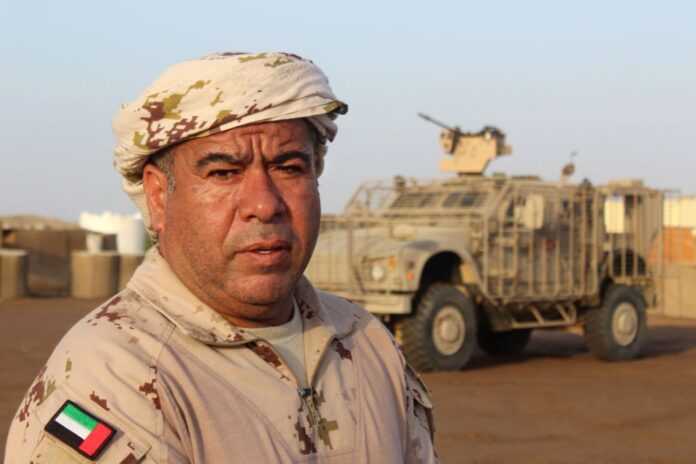SINGAPORE: Oil prices rose more than $1 on Tuesday to a more than seven-year high on worries about possible supply disruptions after Yemen’s Houthi group attacked the United Arab Emirates, escalating hostilities between the Iran-aligned group and a Saudi Arabian-led coalition.
The “new geopolitical tension added to ongoing signs of tightness across the market,” ANZ Research analyst said in a note.
Brent crude futures rose 85 cents, or 1 percent, to $87.33 a barrel by 0525 GMT, after earlier hitting a peak of $87.55, their highest since Oct. 29, 2014.
U.S. West Texas Intermediate crude futures jumped $1.13, or 1.4 percent, from Friday’s settlement to a more than two-month high of $84.95 a barrel. Trade on Monday was subdued as it was a U.S. public holiday.
After launching drone and missile strikes which set off explosions in fuel trucks and killed three people, the Houthi movement warned it could target more facilities, while the UAE said it reserved the right to “respond to these terrorist attacks”.
UAE oil firm ADNOC said it had activated business continuity plans to ensure uninterrupted supply of products to its local and international customers after an incident at its Mussafah fuel depot.
CommSec analysts said oil prices also were being supported by colder winter temperatures in the northern hemisphere which were driving up demand for heating fuels.
“Analyst forecasts expect demand to outstrip supply this year as the world opens up from 2 years of lockdowns and resumes a more normal trajectory for demand,” said Ash Glover at CMC Markets.
The tight supply-demand balance is unlikely to ease, analysts said.
Some producers within the Organization of the Petroleum Exporting Countries, OPEC, are struggling to pump at their allowed capacities, due to underinvestment and outages, under an agreement with Russia and allies, known as OPEC+, to add 400,000 barrels per day each month.
“That should continue to be supportive for oil and increase talk of triple figure prices,” said OANDA analyst Craig Erlam.
“If current geopolitical tensions continue and OPEC+ members can’t deliver on their 400,000 barrel per day increase, macros coupled with the strong technical outlook could see prices push toward the $100 mark which is where the next (meaningful) technical resistance level lies,” said Glover.

